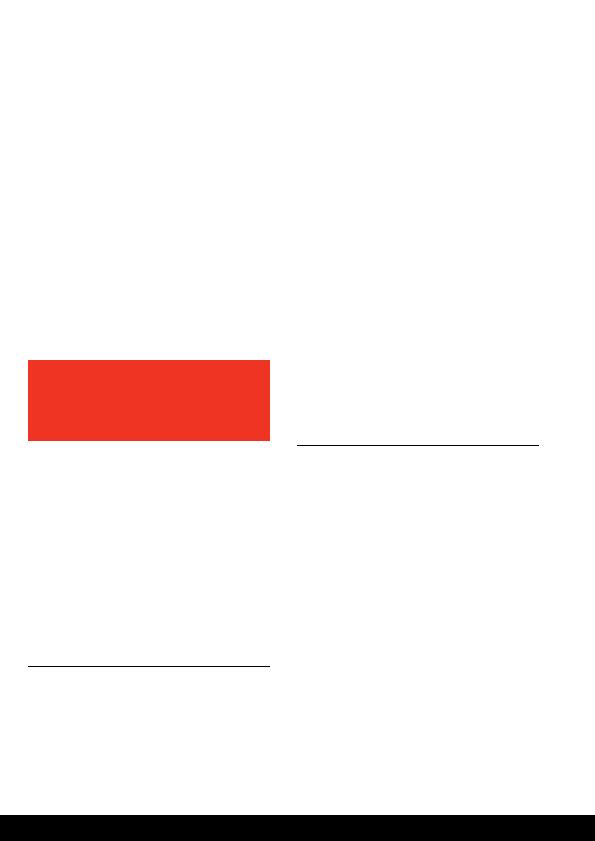
Education (VCE), of 127 eligible Koori students, 107
completed VCE in 2006, a completion rate of 84 per
cent compared to 97 per cent for other students.
people who have completed high school is half
that of the non-Indigenous population, at 25 per
cent compared to 52 per cent.
declare Year 9 or below as their highest
completed year of school.
and educational needs than non-Indigenous
prisoners.
a factor contributing to offending.
majority of VALS' clients are living on
or below the poverty line, many have
substance addictions and are from
disadvantaged communities.
likely to be employed and also earn less than other
Australians. Census data shows that in 2010:
per cent of non-Indigenous Australians.
Indigenous people employed, compared to 76
per cent of non-Indigenous people.
half (51 per cent) of the non-Indigenous
population reported earning twice that amount
per week, between $400 and $1,249.
State of Victoria, Sentencing Advisory Council,
`Comparing Sentencing Outcomes', above n 49, 51.
For example, key informant interview, Aboriginal Family
Violence Prevention Legal Service, 13 December 2012;
key Informant interview, Flat Out, 5 March 2013.
Key informant interview, Victorian Aboriginal Legal
Service, 15 November 2012.
State of Victoria, Sentencing Advisory Council,
`Comparing Sentencing Outcomes', above n 49, 51.
Employment Strategy 2011-2013 notes "significant
educational and employment disadvantage amongst
Victoria's prison population".
has also declined significantly in recent years. On 30
June 2010, only six per cent of Koori prisoners had a
job immediately prior to prison.
Indigenous Australians.
long-term health condition, while one in 12 had
a profound or severe core activity limitation.
non-Indigenous people.
cent had an intellectual disability.
disability and three times more likely to have an
intellectual disability than non-Indigenous people.
State of Victoria, Corrections Victoria, "Meerta Meerta":
Koori Education, Training and Employment Strategy
2011-2013 (2011) 5.
The Productivity Commission commented on the
difficulty of providing accurate rates of disability among
Indigenous peoples. They linked this uncertainty to a
number of things, including a lack of historical data,
lower rates of survey participation by Indigenous people,
differing cultural understandings of disability, and
greater barriers facing Indigenous people in accessing
disability supports. They warned that rates of disability
may still be understated. Productivity Commission,
Disability Care and Support, Report no 54 (2011) 532-3.
Australian Bureau of Statistics, The Health and Welfare
of Australia's Aboriginal and Torres Strait Islander
Peoples (2010). <http://www.abs.gov.au/AUSSTATS/
abs@.nsf/lookup/4704.0Chapter510Oct+2010> at
14 July 2013. The ABS defines a profound or core
activity limitation as, "A specified condition for which a
person requires help or supervision in performing one
or more core activities such as self-care, mobility or
communication."
Productivity Commission, `Disability Care and Support',
above n 165, 533.
Australian Bureau of Statistics, The Health and Welfare
of Australia's Aboriginal and Torres Strait Islander
Peoples (2010). <http://www.abs.gov.au/AUSSTATS/
abs@.nsf/lookup/4704.0Chapter510Oct+2010> at 14
July 2013.
Productivity Commission, `Disability Care and Support',
above n 165, 534.